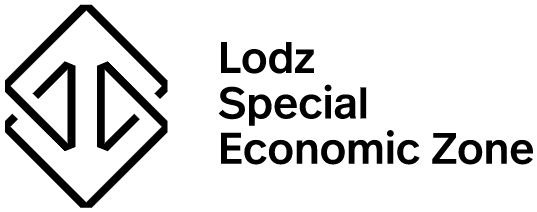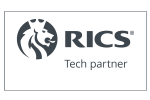As people all over the world move closer to urban areas in search of work and a better lifestyle, the building inspection market is growing, further emphasising the critical importance that property inspections play in urbanisation.
Despite the upheaval caused by the pandemic, urbanisation continues on at pace, increasing the relative affordability of infrastructure and housing. According to research by the United Nations Department of Economic and Social Affairs, approximately 4.4 billion people resided in urban areas in 2020. By 2050, this is projected to rise to 6.7 billion.
With the exception of some local markets struggling to recover in the wake of the pandemic, this influx of people to urban centres is driving new housing stock onto the market. However, all that new housing stock must adhere to the laws and legislation that ensure buildings remain safe and inhabitable.
As a result, the demand for building inspection services is growing and is expected to continue growing into the near future. So, what can property professionals do to ensure they are able to meet the demand for property inspections? First, let’s look at what building inspection services are and how proptech can help.
What are the different types of building inspection services?
Depending on the region, building inspection services can encompass a variety of provisions sourced from across the real estate industry, for application in both commercial and residential real estate. Either outsourced or in-house, building inspection services include the following:
- Home inspections
- Commercial building inspections
- Structural inspections
- Surveying
- Pest inspections
- Electrical inspections
The list of different types of building inspections is long and can be as broad as general building inspections or as niche as drainage inspections. Building inspections occur at every phase of development – from planning to construction and beyond – typically lasting as long as the lifecycle of a building in most cases.
In the majority of states, cities, countries and regions, laws and legislation are precise about the way in which building inspections can be conducted and subsequently reported. The slightest oversight can be damaging for the building owner, tenant or developer, causing severe delays or, in some cases, legal complications and fines.
Because of this threat, coupled with increased activity in the market, businesses across the real estate spectrum are investing in building inspections in order to remain compliant at all times, while ensuring the development process is smooth and efficient.
The global building inspection services market
It is expected that the global building inspection services market will grow from $11.35 billion in 2021 to $12.82 billion in 2022. This represents a compound annual growth rate (CAGR) of 13.0%. By 2026, the market is expected to reach $19.75 billion with a CAGR of 11.4%.
However, a distinct labour shortage will inevitably affect the market. Building inspection services require a very particular set of skills, with each niche in the market requiring additional specialisms. Build inspection markets across the world are being impacted by the skills gap, the relatively low amount of new entrants coming into roles in the sector and the increasing volume of new housing stock, plus increasing retrofit of existing stock.
This has been a particular issue for building inspection service markets across Europe.
Building inspection services in Europe
To use one example, with a population of almost 38 million, Poland is a nation seeing unprecedented population growth, with housing stock slow to keep pace. City rentals are increasing by 5.7% year on year and 63% of those rentals are leased directly from a private landlord. With over 70% of rentals coming full or partly furnished, there is an increasing need for inspections, whether inventory checks or move-in/move-out reports ensuring the property owners’ assets are maintained.
In addition to the added demand, due to the nature of rental accommodation in Poland’s urban centres, rental deposits are held by the property owner. This adds even more importance to the role of building inspection services in Poland, ensuring that they are legally protected if disputes arise.
For example, the Polish government passed an act named Ustawa Deweloperska (Development Act). It requires repairs to be completed within 30 days following a technical/building audit or inspection, again further emphasising the need for fully auditable building inspections.
As Poland’s housing market endures a number of difficult years ahead, property technology pioneers in the space are looking for answers to combat overcrowding, high rates of borrowing and rising rental costs.
In the case of building inspections, property managers and developers across Poland are being urged to look for innovative ways to handle each facet of property inspections, yet very few have. This causes significant delays at the beginning and end of each tenancy, and a number of potentially harmful blind spots for both the tenant and the property owner, adding to the existing issues Poland faces.
The impact of proptech on building inspection markets
Other markets across the world, such as the US and the Middle East, are beginning to see their technology adoption pay off. Both traditionally paper-based markets, the rise of proptech in these regions is ultimately making the process more efficient, meaning a quicker turnaround on rental stock, meaning a faster ROI for investors and a relatively frictionless process for tenants.
This makes these markets more attractive to foreign investors as their relative market transparency gives them a unique competitive advantage over other national property markets.
With real estate markets across the world undergoing digital transformation – some faster than others – the nature of those markets and their subsequent growth could be drastically altered by how property inspections are conducted.
The faster these legal requisites are carried out, the quicker people can be housed. The warning to markets slow on the uptake is stark – technology adoption could be the difference between boom and bust.









